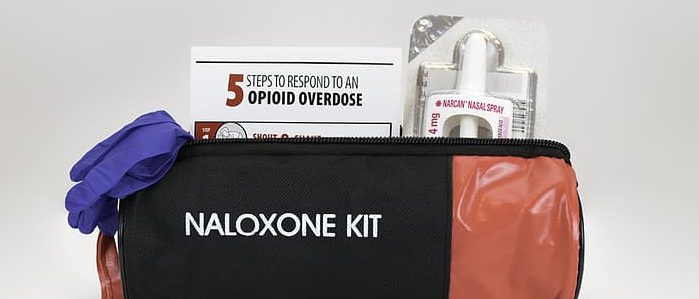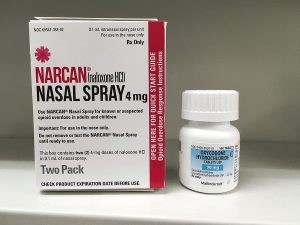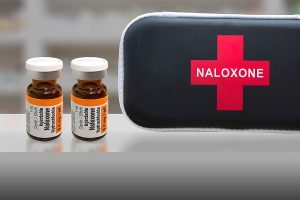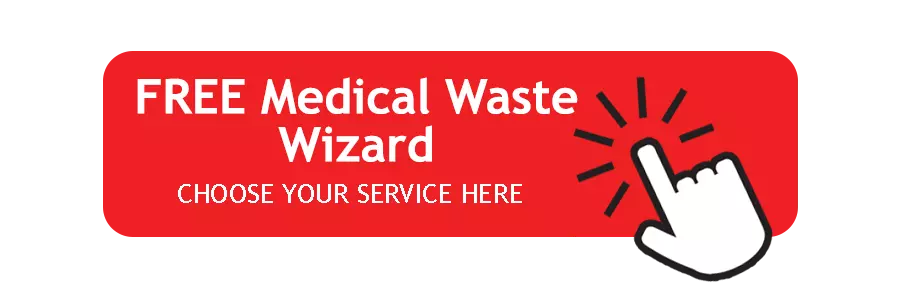What Is Narcan (Naloxone) & Is It Regulated?


Narcan is a prescription nasal spray containing the medication Naloxone. It is used to reverse an opioid overdose. The medication works by binding with opioid receptors to reverse and block the effects of heroin, morphine, oxycodone, fentanyl, and other opioids.
When given to someone experiencing an opioid overdose, Narcan can quickly restore normal breathing and responsiveness; however, the effect is temporary and will wear off. Therefore, it is important to seek emergency medical treatment immediately after administering Narcan.
When to Use Narcan
Narcan is prescribed to patients that are receiving medication-assisted treatment (MAT) or who are at risk of an opioid overdose. That may include individuals that take high doses of opioids, those that receive rotating opioid medication regimens, those that have been treated for opioid poisoning/intoxication, those taking extended-release or long-acting opioids, and those who have had a period of abstinence from opioids.
Narcan should be used whenever an opioid overdose is suspected. It is helpful for patients, family members, and caregivers to know how to administer the medication. Signs of an overdose are:
- Unconsciousness or inability to awaken
- Slow, shallow, or stopped breathing
- Difficulty breathing – choking, gurgling, or snoring noises from a person who cannot be awakened
- Blue/purple fingernails, nose, or lips
- Pin-point sized pupils
For more information on responding to an opioid overdose, read the Substance Abuse and Mental Health Administration’s Opioid Overdose Prevention Toolkit.
Regulations of Naloxone

Naloxone was approved by the Food and Drug Administration (FDA) in 1971 to treat opioid overdoses by intravenous or intramuscular injection. As the opioid epidemic worsened, new techniques to administrator the drug were developed, so Naloxone could be given quickly and under non-hospital conditions.
Today, efforts are being made to make Narcan treatments more accessible. The regulation of Naloxone varies by state. As of 2015, 24 states allow “third-party prescriptions,” permitting friends, family, and laypersons with contact with at-risk users to have access to Naloxone. 8 states currently allow pharmacists to dispense Naloxone without a prescription.
Provisions also exist to protect individuals that administer Naloxone when a suspected overdose is occurring. The provisions vary by state, but can include the removal of liability for administering Naloxone and immunity from charges related to causing the victim’s death or the possession/distribution of drugs or drug paraphernalia.
States can expand access to Naloxone by implementing education, training, and distribution programs for drug users and their friends and family. Programs must be registered with the state and include certain requirements like forming an advisory group, cultivating a practitioner network, and requiring reporting.
The Center for Disease Control encourages Naloxone kits to be available to the follow groups of people:
- Laypersons close to opioid users
- Patients in substance abuse programs
- Convicts upon release from prison
- Patients receiving chronic opioid prescriptions
Need Assistance Understanding Drug Regulations?
Federal and state regulations are always changing and vary by location. To prevent violations for non-compliance, Medical Waste Pros will help connect you with compliance experts in your area. Call us at (888) 755-6370 or fill out the form to receive free quotes on local training programs and medical waste disposal services.










